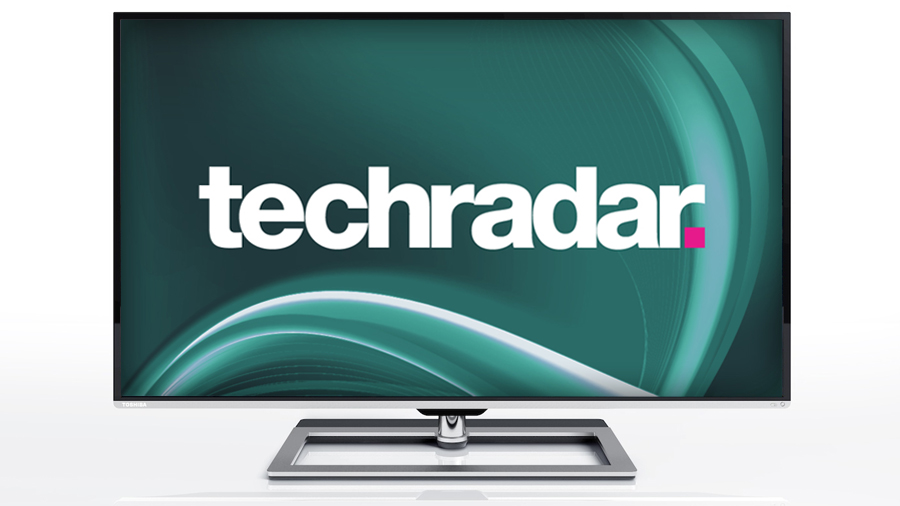Why you can trust TechRadar
It's the latest and greatest in terms of detail, for sure, but the first batch of Ultra HDTVs certainly won't be the best. For kick off, they're all based around 100Hz-capable LED-backlit LCD panels, while most don't have HDMI 2.0 - or any native sources of 4K - to show us.
For the 58L9363DB, that's not strictly true; we tested it not only with a small selection of 3840x2160 pixel MP4 files from a Toshiba laptop, but also played some 4K clips from YouTube (4K isn't listed as a clickable quality on the platform yet, but opting for 'maximum resolution' and going full-screen does the job for a handful of clips).
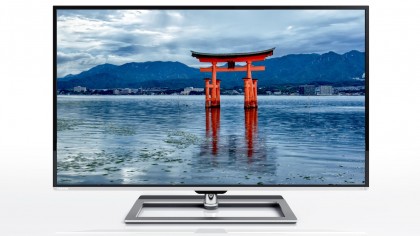
However, without HDMI 2.0 the 58L9363DB was only able to show us 4K clips running at 29 frames per second, which for now is the maximum possible for Ultra HD. It's also worth remembering that the 58L9363DB isn't possessed of LED local dimming technology, which could mean less detail in areas of black.
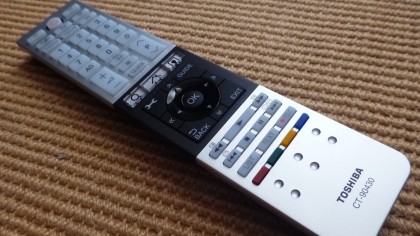
Despite these slight limitations, note that this isn't Toshiba's first stab at an Ultra HD TV; the 58L9363DB comes on the back of 2011's 55-inch 55ZL2, which was better known as the only glasses-free 3DTV, but it also sported a 4K resolution (and sold for a whopping £6,999).
The detail on offer is mind-blowingly good. Still images of the world's tallest building, Dubai's Burj Kalifa, during the day - and again during a fireworks display - are very crisp and impactful, while another clip of paragliders squeezing between skyscrapers reveals immense depth below, and superb detail in the surrounding whisps of cloud.
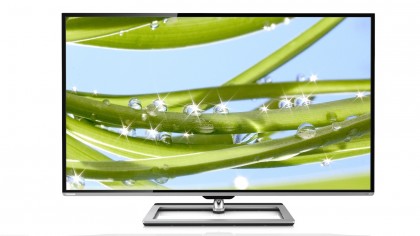
Colours, too, are luscious, with searing hues from those fireworks and all exterior shots underlining just how important extra resolution is in upping believability. Crucially, in terms of colour and detail it's at least the equal of the Sony KD-55X9000A we tested recently, though toggling the ColourMaster option on and off didn't appear to make any difference.
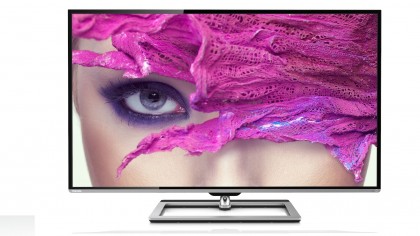
Incidentally, though the 58L9363DB offers a few picture pre-sets including Autoview, Hollywood Day and Hollywood Night, we settled on the brighter Hollywood Day, but switched its colour temperature to natural to remove a rosiness to skin tones.
The contrast is good, too, with bright whites and blues displayed alongside deep blacks to frequently produce dazzling images, though there's not an awful lot of shadow detail visible in the latter.
There are a few issues; during a trailer for 4K native production Tears of Steel, we noticed that as the camera panned up a mosque minaret (being pounced upon by robots, no less) there was a visible judder.
Even another sumptuous shot of a skydiver landing on water in Dubai's famous Palm Jumeirah islands lacked a little fluidity as the camera tracked from right to left. Ditto a ground-shot of racehorses bolting from the blocks, where a dose of motion blur made the shot lose enough resolution to appear pretty much identical to a Full HD image.
However, the 58L9363DB sports a nice trick in the shape of ClearScan, a frame interpolation tech that's designed to increase motion resolution. Unlike many similar incarnations of this circuitry that tend to produce rips and tears around moving objects, here it introduces just a touch of fluidity without the usual compromises - and even on its most powerful setting. It's a decent start for the 4K CEVO picture engine.
Upscaling
Until native 4K sources materialise, an Ultra HD TV is only as good as its upscaling. And on the 58L9363DB, it's good - but not great. A Blu-ray disc of Hugo looks awesome, with plenty of detail and that eye-catching colour continuing, though move down the food-chain and things get decidedly more difficult for the 58L9363DB.
There's a lot of picture noise and motion blur within images from Match of the Day on BBC One HD, but it remains thoroughly watchable.
However, top-notch HD fare like this is about the 58L9363DB limit; its Resolution+ is doing its best, but even most HD channels look like a standard-definition channel does on a Full HD TV. Close-ups lack detail, edges are jagged, though a blast of Top Gear on Dave doesn't look all bad. It's soft, of course, and graphics are surrounded by mosquito noise, but it doesn't look as completely exposed as we had expected.
Active shutter 3D
Unlike its big sister the 65L9363DB, the 58L9363DB uses not Passive but Active Shutter 3D technology.
The Full HD 3D Blu-ray images from Hugo displayed by the 58L9363DB are initially spectacular, but we did notice regular doses of crosstalk that made the image uncomfortable to watch.
Without ClearScan on hand (it's not available when watching 3D), there is some noticeable judder, too, but a rather basic but effective 3D Judder Cancellation feature saves the day. Still, such a patchy 3D performance wasn't what we'd hoped for.
Jamie is a freelance tech, travel and space journalist based in the UK. He’s been writing regularly for Techradar since it was launched in 2008 and also writes regularly for Forbes, The Telegraph, the South China Morning Post, Sky & Telescope and the Sky At Night magazine as well as other Future titles T3, Digital Camera World, All About Space and Space.com. He also edits two of his own websites, TravGear.com and WhenIsTheNextEclipse.com that reflect his obsession with travel gear and solar eclipse travel. He is the author of A Stargazing Program For Beginners (Springer, 2015),
